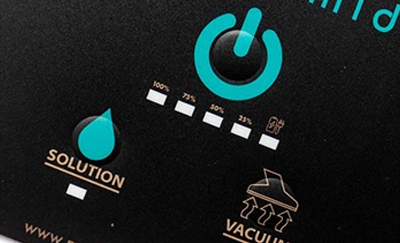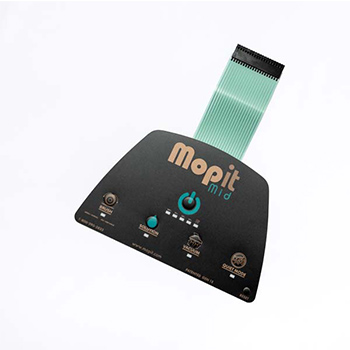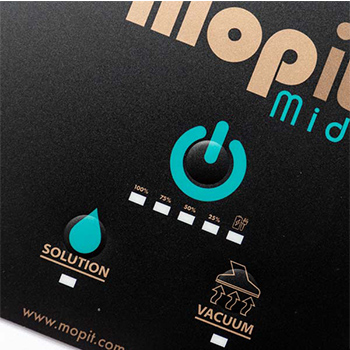
Description: Discover the origins of membrane keyboards, including their design, evolution, and impact on modern technology. Learn when membrane keyboards were invented and how they revolutionized the way we interact with computers.


The custom membrane keyboards have become a ubiquitous feature of modern technology, found on everything from laptops to smartphones to industrial control panels. But when were membrane keyboards invented, and how did they become such a ubiquitous feature of modern technology?
In this article, we'll explore the history of membrane keyboards, from their humble beginnings in the 1960s to their current state as a critical component of modern computing. We'll examine their design, evolution, and impact on the technology world, answering the question of when were membrane keyboards invented and shedding light on the story behind one of the most important innovations in modern computing.
To understand the history of membrane keyboards, it's helpful to take a closer look at their evolution over time. Here's a brief timeline of key developments in the history of membrane keyboards:
l 1965: The first membrane keyboard is invented by George H. Heilmeier and his team at RCA.
l 1980s: Membrane keyboards become increasingly popular in the technology world, particularly in industrial and scientific settings.
l 1990s: The introduction of laptops and portable computing devices leads to a surge in the popularity of membrane keyboards, due to their low profile and durability.
l 2000s: Membrane keyboards become standard features on most computers and electronic devices, and new innovations in the technology lead to more responsive and versatile designs.
So, when were membrane keyboards invented, and how do they actually work? The basic design of a membrane keypad involves a series of pressure-sensitive keys, each of which corresponds to a specific function or letter. The keys are arranged in a grid, and each key is connected to a thin, flexible membrane that covers a circuit board. When a key is pressed, the membrane pushes down on the circuit board, completing an electrical circuit and sending a signal to the device.
One of the major advantages of membrane switch keypad is their durability. Because they have no moving parts, they're less likely to break or wear out over time. They're also easier to clean and maintain than traditional keyboards, since there are no crevices or moving parts to collect dust or debris.
So, when were membrane keyboards invented? The answer lies in the mid-1960s when the first prototype was developed by George H. Heilmeier and his team at RCA. Since then, membrane keyboards have become a ubiquitous feature of modern technology, found on everything from laptops to calculators to industrial control panels.
Their design and durability have made them an essential component of modern computing, and their low profile and ease of use have made them popular with consumers and professionals alike. As technology continues to evolve, it's clear that membrane keyboards will remain a vital part of the technology landscape for years to come. Click here for a high-quality custom membrane keypad!